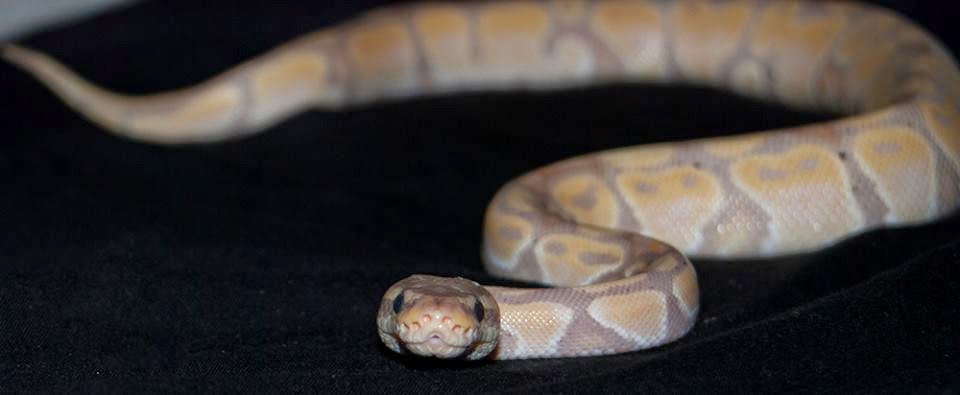A few months ago on Facebook, I read an interesting article about the NHS recruiting snakes to help treat depression. This is being introduced to their assisted animal therapy programme.
A hospital in Roehampton is the first to recruit a 5ft corn snake allowing patients to care for, handle and feed. Doctors have reported the new therapy to be significantly helping to improve patients' self worth and moods and even giving others something to live for.
As snakes are unusual and not everyone comes across a snake in the UK, this in itself can provide a sense of achievement and provides a talking point to tell friends, family and even colleagues about.
In some cases animals can provide a lifeline, as they are non judgemental towards people. The patient also has something to care for and this can help them to get out of bed in the morning.
To read more about the NHS recruiting reptiles click here
 |
| Snowy The Corn Snake |
I personally think that this is a great idea, as I myself have suffered from depression on and off for years. I find that when I'm having a bad day, caring for my collection helps me cope better and gives me something to look forward to. I also think that interacting with animals can be relaxing and rewarding. I would encourage more hospitals to use reptiles as part of their animal therapy programme and not just for depression but a host of illnesses as it's amazing how helpful and therapeutic interacting with a reptile can be!


























